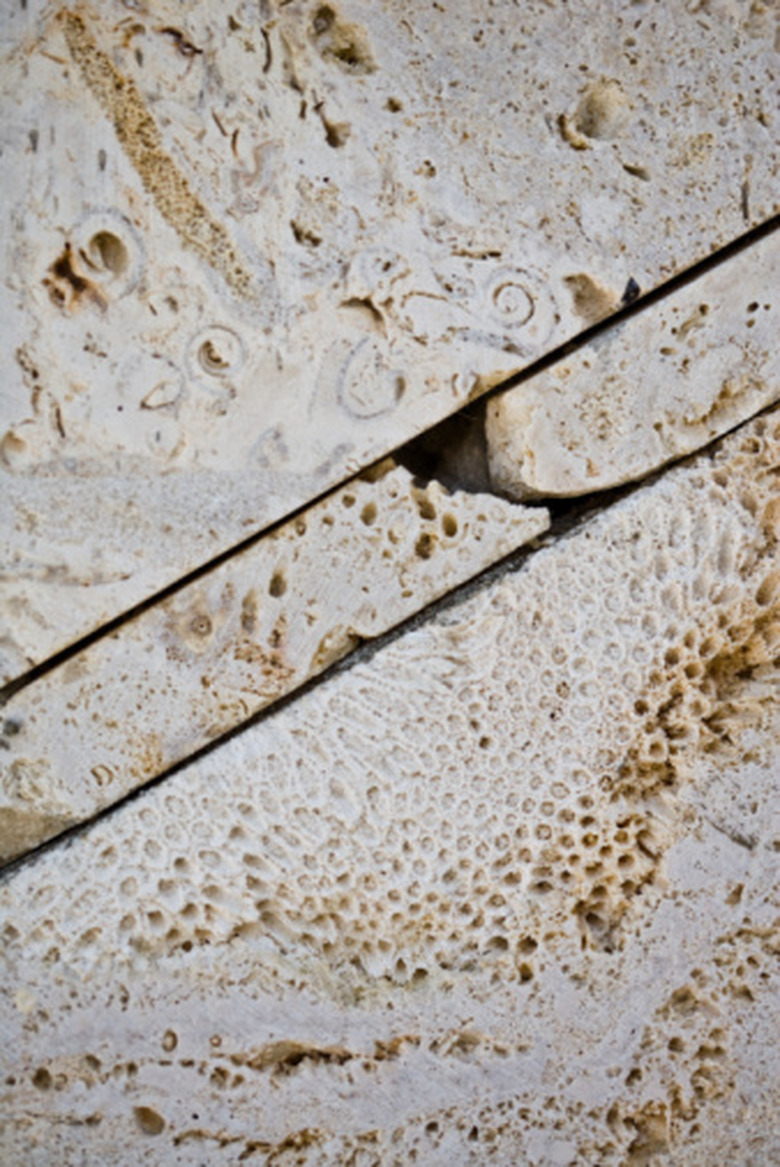Effects Of Rock Salt On Limestone
Although all rocks are solid, they actually have various degrees of hardness and porousness. If a rock is too soft, it is going to be more easily affected by external factors, like salt, which can damage the integrity of the rock. Whenever limestone is used in building, care must be taken to protect it from salt damage. Rock salt can negatively affect its strength and can cause it to break down over time.
In Swimming Pools
In Swimming Pools
In many pool situations, the edging or coping of the pools may be made of a limestone construction. However, using this material when housing a salt water swimming pool is not advised unless it has been very carefully sealed. This is a perfect example for observing the decay of limestone, which can occur when it is exposed to salt. If limestone edging is used around a salt water pool, over time it is likely that you will see the rock begin to crack and crumble if there is any deficiency in the sealing job.
Historic Buildings
Historic Buildings
Many historic buildings have limestone as a component of their construction in the masonry. Salt is one of the reasons why historic buildings have a tendency to break down and crumble over time. The breakdown is caused by the wetting and drying cycle. When rock is porous, like limestone, it allows liquids to penetrate the rock. These liquids may contain salt. Then, when the drying occurs, the salt crystallizes. As these crystals build up within the tiny pores in the rock, they eventually start to force the rock apart, causing cracks and decay.
Chemical Reasons For Decay
Chemical Reasons For Decay
Limestone is extremely susceptible to salt damage for a reason other than its soft and porous structure. Calcium carbonate, which is a part of limestone's chemical composition, puts it at a higher risk for decay when exposed to salt. When this substance is exposed to acids, which can come from a number of environmental sources, it starts to turn into sulphates, or salts. This hastens the rock's decay.
Preventing Limestone Decay
Preventing Limestone Decay
Although limestone decay may be inevitable in some cases, when it comes to things like preserving historic buildings, action may be taken in an effort to maintain the integrity of the stone. For example, some detailed construction has been treated with poultices made of clay, cotton or paper, which are meant to draw out the salt crystals. When repairs are made, using an open textured mortar can help prevent these kinds of breakdowns. Salt takes the path of least resistance, so if it has easy pathways out, it will not crystallize in the limestone. Thus, the cracking effects are minimized.
Cite This Article
MLA
Ruppert, Shawna. "Effects Of Rock Salt On Limestone" sciencing.com, https://www.sciencing.com/effects-rock-salt-limestone-7430286/. 24 April 2017.
APA
Ruppert, Shawna. (2017, April 24). Effects Of Rock Salt On Limestone. sciencing.com. Retrieved from https://www.sciencing.com/effects-rock-salt-limestone-7430286/
Chicago
Ruppert, Shawna. Effects Of Rock Salt On Limestone last modified March 24, 2022. https://www.sciencing.com/effects-rock-salt-limestone-7430286/
